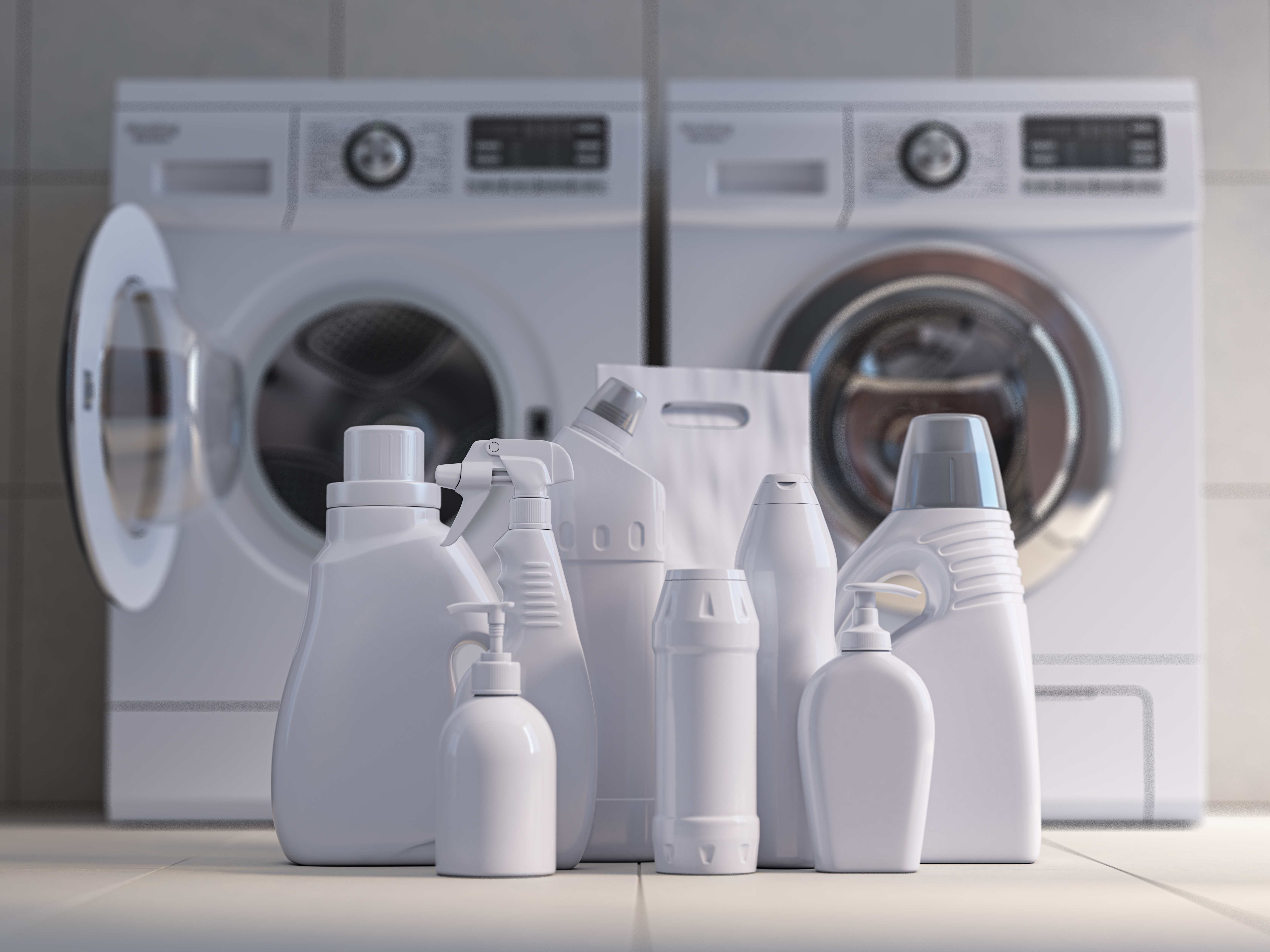When I reviewed the “Discussing Music Badly” series, I thought it wasn’t fair of me to critique other people and their ideas without talking about things I messed up. Although I stand by what I argued in those posts, I already wrote the second part a few months ago, and I scheduled that post to publish automatically January 2020, it just doesn’t feel right to attack others and pretend I’m perfect along the way.
I let myself get distracted by things that aren’t important for music production. I trusted too many YouTube tutorials that didn’t help. Other mistakes I made were that I cracked software and I didn’t pay any attention to how my design looked.
1) Getting distracted
There are all sorts of distractions in life. I’m not really talking about the day to day distractions, like making sure you don’t spend too much time on email or social media and letting yourself get sucked into a YouTube hole. With enough coffee, Diet Coke, and fear I don’t find myself getting too drawn into these time wasters as deeply like I did a few years ago.
Here I’m talking about parts of making music that aren’t relevant that I spent too much time worrying about. You can find countless forum experts who manage to balance a full-time job, a music career, and hundreds of thousands of posts on a forum that prattle on infinitely about parts of producing music that just don’t matter. What compressor circuit types you use, which DAW you use, whether it’s ok to clip or not, if it’s better to use MIDI sequenced drums or lay them out as audio files in the timeline, and EQ “rules” are insignificant. These are all based on opinion and I found that I change all these elements from project to project anyways. I wasted too much time and energy on these really boring topics and weighing these pros and cons took time away from working on music.
What matters in music is the melody, chord voicings, the arrangement, and the emotional connection the audience feels with the track. No one wants to talk about these things because it’s hard to talk about. It’s a lot easier to discuss what tools to use instead of how to use them, and I found that people generally shy away from discussing aesthetics. What I don’t get is that a lot of mixing involves aesthetic choices, too, but when it’s hidden behind an EQ or piece of software people seem to think that it becomes more objective.
So, don’t pay attention to what these guys have to say. Most of what I do now that people tell me sounds good breaks all the “rules” I “learned” in forums anyways.
2) Trusting tutorials when they didn’t work
YouTube tutorials can be a great resource. I personally love stuff by Greg Howlett, the guys and girls at Pretty Simple Music, and Nahre Sol’s entire channel. I also watched lots of masterclasses from Alfred Cortot and the harpsichordist Scott Ross. Those people are brilliant and really helped supplement what I learned on the job and in lessons. I wouldn’t be where I am today if I wasn’t lucky enough to find their tutorials.
I also wasted tons of time on producers who gave advice that was wrong. Did you know that decibels are logarithmic? Yeah, the guy who made that video you probably watched didn’t really talk about that when they discussed gain-staging or how compressors change sound pressure. Sometimes they’d share some mixing technique. The worst part was that I spent too much time trying to get these horrible techniques to sound good, instead of just dropping it and moving on.
Now I’m much more critical of YouTube tutorials. I’m always open to trying out new techniques. In the future, instead of wasting time trying to parse out a malformed video by a guy without any chart positions who’s using a cracked version of FL and kisses the microphone with every syllable, I’ll just drop the technique if I don’t get a benefit after trying it out.
3) Cracking Software
When I started producing, I didn’t have that much money. I had lots of time though and knew people IRC chatrooms who helped me crack software.
I cracked software in all sorts of ways. I typically attained plugins through free trials. On Macs at the time, you could right-click on the .app file and select “Show Contents.” Then, in some cases, you could view the source code of the plugin. I typically removed the parts of the plugin that connected to the internet to verify its installation, or talked to whatever the “Authorize.app” was, or looked for a section in the code that set a timer on the fully functioning trial mode so that the trial went from lasting a few hours to a century. Later on, I ran keygenerators on any plugin I couldn’t get a trial for. Now I can’t believe I ran something developed by a criminal and even gave it administrator access to my machine!
I don’t use cracked software anymore, and now I don’t recommend it, even if you don’t have the money to buy plugins and still want to make music. Software has come a long way in ten years, and the copy protection probably isn’t this easy to break anymore. Malware also came a long way in ten years, and the vast majority of cracks are trojans and sophisticated coin miners that will make your system unstable.
Also, there’s a big irony in guys who go to the club, get bottle service, go to the casinos, or get hotels and claim that $150 is too much to spend on their careers. Those are the guys who also tell me I’m too expensive. People really reveal who they are in their spending habits.
Anyways, running cracked software caused all sorts of issues in my machine. Nothing ever felt like it worked correctly, and I spent more time rebooting and troubleshooting my machine than making music. Ethics aside, it’s just not a good business idea to have your main tool break all the time.
I did learn a lot about the architecture of the Mac operating system in 2006, which could be useful. Cracking and copy protection testing could be a good route for me down the road to make extra cash. It never really was that hard, especially since engineers typically included a comment that said “Trial mode enabled here” at some point in their code.
4) Not paying attention to design
I’m not a very visually oriented person. Although I appreciate good design, I just can’t do it myself. I thought for a while that my music was good enough to market itself. It wasn’t.
Packaging is a significant way in which people interact with products. You wouldn’t buy a can of peaches with a label that didn’t look good. Why would I get anywhere with how my music was packaged? I’m surprised I’m where I’m at now, considering how badly Joe Roller was marketed.
I addressed that by hiring a designer I believed in and seeking honest feedback from my friends. I read lots of books about art, spent hours searching images online, and really thinking about my own visual aesthetics and what I like.
It took a while, but now the Joe Roller branding is something I can really believe in.
Thanks for reading!



